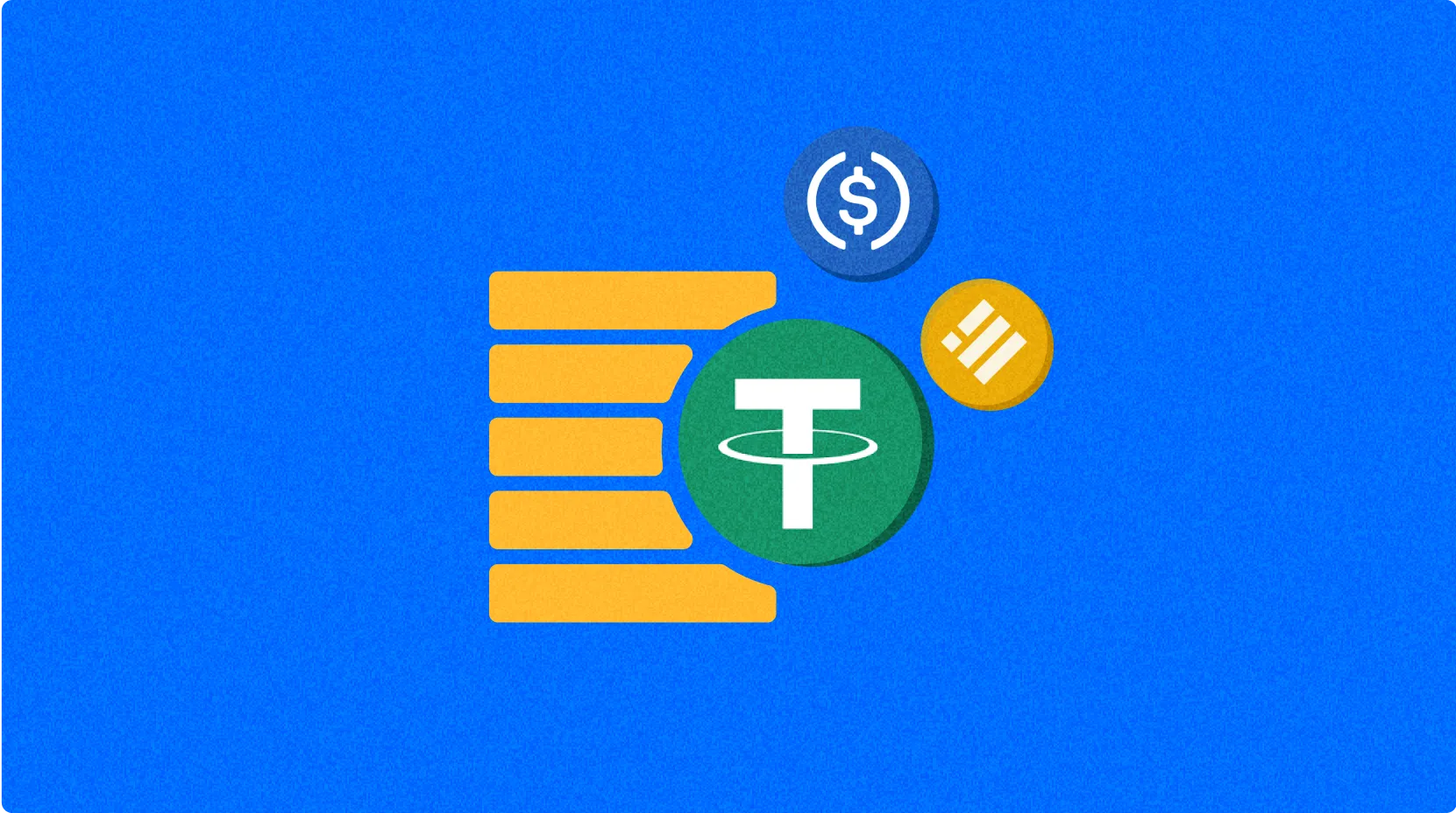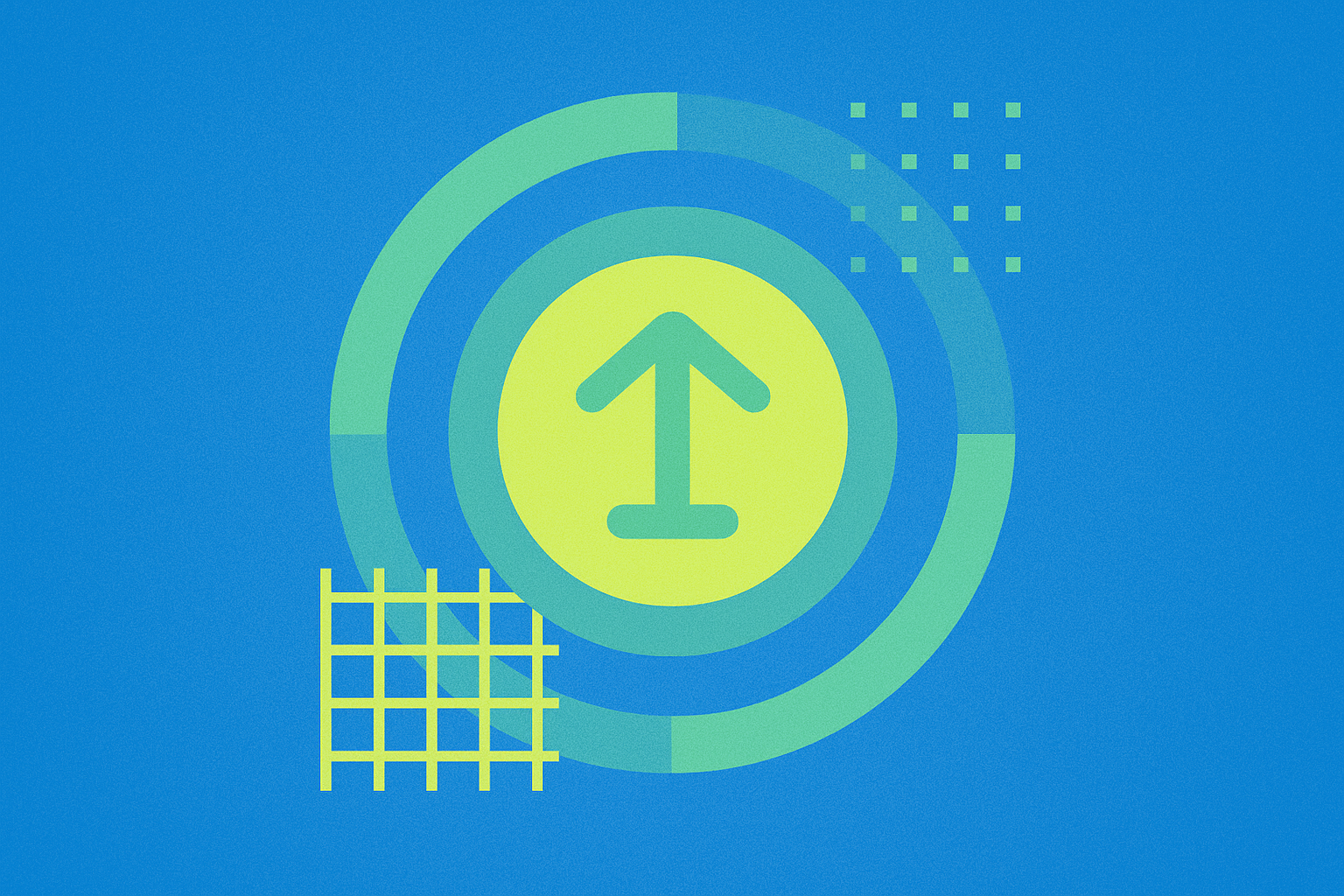Pi Network'ün Gerçek Değeri Ne: Mobil Madencilik Projesinin Temel Analizi

Pi Network’in beyaz kitabı teknik yenilikten ve şeffaf bir kâr modelinden yoksun
Pi Network’ün 2019 tarihli beyaz kitabı, gerçek bir inovasyon sunmak yerine Stellar Consensus Protocol’e dayalı mobil madencilik fikrini öne çıkarıyor. Teknik altyapı, mevcut protokolleri uyarlamakla sınırlı kalıyor ve blokzincir teknolojisinde herhangi bir devrim niteliğinde yenilik içermiyor. Pi’nin kâr modelinin incelenmesi, enerji tüketimi ile elde edilen gerçek kazanç arasında ciddi bir dengesizlik olduğunu gösteriyor:
| Alan | Pi Network | Geleneksel Kripto |
|---|---|---|
| Madencilik Maliyeti | Yüksek enerji, düşük geri kazanım | Değere doğrudan bağlılık |
| Gelir Modeli | Belirsiz gelir stratejisi | İşlem ücretleri, staking ödülleri |
| Piyasa Verisi | 1 yılda %85,93 değer kaybı | - |
Beyaz kitap, Pi’nin kullanıcı kazanımı dışında sürdürülebilir gelir üretimini nasıl sağlayacağını açıklayamıyor. 60 milyon kullanıcı iddiasına karşın, aktif cüzdan sayısının çok daha az olması (100 milyar maksimum arzda sadece 8,3 milyar dolaşımda) uygulama zafiyetine işaret ediyor. Fiyat grafiği de bu kaygıyı doğruluyor; Şubat 2025’te 3 $’lık zirveden Kasım 2025’te yaklaşık 0,24 $’a düşerek %92’lik dramatik bir kayıp yaşandı. Bu tablo, Pi Network’ün temel değer önerisini zayıflatıyor ve sadeleştirilmiş mobil madenciliğin ötesinde uzun vadeli sürdürülebilirliğini sorgulatıyor.
Pi Network 60 milyon kullanıcı iddiasında fakat gerçek dünya uygulamaları kısıtlı
Pi Network, akıllı telefonlarla pahalı donanım gerektirmeden madencilik yapılabilen mobil kripto para yaklaşımıyla dünya çapında 60 milyonun üzerinde kullanıcı topladığını belirtiyor. Ancak bu etkileyici rakama rağmen, blokzincir verileri beyan edilen ve aktif kullanıcılar arasında ciddi bir fark olduğunu gösteriyor.
Platform, kullanıcı kazanımından pratik faydaya geçişte çeşitli engellerle karşı karşıya:
| Zorluk Alanı | Mevcut Durum | Gelecek Potansiyeli |
|---|---|---|
| KYC Doğrulama | İşlemde büyük tıkanıklıklar | 2025 regülasyonları için olmazsa olmaz |
| Gerçek Dünya Uygulamaları | Madenciliğin ötesinde dar bir ekosistem | DeFi, RWA ve yapay zekâ entegrasyonu planı |
| Merkezileşme Endişesi | Mainnet doğrulayıcıları çekirdek ekipte | Topluluk güveni ve merkeziyetsizliği doğrudan etkiler |
Pi Network, kriptoyu herkes için erişilebilir yapma vizyonunu öne çıkarsa da fiyat geçmişi yüksek dalgalanma sergiledi; Şubat 2025’te 3 $’lık zirveden şu anki yaklaşık 0,24 $ seviyesine gerileyerek bir yıl içinde %85,93’lük değer kaybı yaşandı.
Proje, Consensus 2025’te yapılacak sunum ve stratejik iş birlikleri dahil büyük açıklamalara hazırlanıyor. Uzmanlara göre, Pi Network’ün uzun vadeli istikrarı için; finansal uygulamalar, oyun ve teknolojik yeniliklere imkan veren, günlük kullanıcı ihtiyaçlarını doğrudan adresleyen kapsamlı bir blokzincir ekosistemi inşa etmesi gerekiyor. Bu gereklilik, mobil madenciliğin ilk cazibesinin ötesine geçmeyi zorunlu kılıyor.
Pi Network’ün 2025 ana ağ lansmanı regülasyon ve benimseme engelleriyle karşı karşıya
Pi Network’ün 2025’teki Açık Ana Ağ lansmanına giden yolculuğu, hem regülasyon hem de benimseme tarafında ciddi zorluklarla karşılaştı. Altı yıllık geliştirme ve sayısız ertelemenin ardından platform, Şubat 2025’te halka açık blokzincirine geçti ancak ABD ve AB’de sıkılaşan regülasyonlar nedeniyle uyum gereklilikleri katlandı ve KYC doğrulamalı kullanıcı tabanı için operasyonel maliyetler önemli ölçüde arttı.
Piyasa benimsenmesi, borsalarda sınırlı listelemeler nedeniyle sekteye uğradı; Pi Network büyük borsalarda yer almasa da yaklaşık 9,16 milyar $ piyasa değerine sahip. Bu likidite eksikliği, son piyasa verilerinde görüldüğü gibi, yüksek fiyat dalgalanmasına yol açtı:
| Dönem | Fiyat Değişimi | Başlangıç | Bitiş |
|---|---|---|---|
| 30 Gün | -%8,09 | 0,260 $ | 0,239 $ |
| 1 Yıl | -%85,93 | 1,697 $ | 0,239 $ |
Fiyat, Şubat’ta 3,00 $ ile tepe noktasından 0,049 $’a kadar inerek, piyasanın Pi’nin uzun vadeli geleceğine dair şüphelerini ortaya koydu. Ayrıca, düğüm kontrolünün ağırlıklı olarak çekirdek ekibin elinde olması, merkeziyetsizlik vaadiyle çelişiyor ve yönetişim dağılımına önem veren kripto topluluğunda güven zedelenmesine yol açıyor. Bu merkezileşme sorunu, mahremiyet ve topluluk yönetimiyle ilgili kaygılarla birleşince, Pi Network’ün 60 milyonu aşan kullanıcı başarısına rağmen topluluk ilgisini azaltıyor.
SSS
Pi Coin’lerin bir değeri var mı?
Evet, Pi Coin’ler kayda değer bir değer kazandı. 2025 itibarıyla büyük borsalarda işlem görüyor ve çeşitli Web3 uygulamalarında gerçek kullanım alanı bulunuyor; bu da onları değerli bir dijital varlık haline getiriyor.
100 $ kaç Pi Coin ediyor?
Güncel piyasa oranlarına göre, 100 $ yaklaşık 3.326 Pi Coin’e denk geliyor. Bu tahmin, 2025’te Pi başına 0,03 $ değer üzerinden hesaplanmıştır.
Şu an 1 Pi Coin kaç dolar?
Kasım 2025 itibarıyla 1 Pi yaklaşık 0,25 $ seviyesinde. Fiyat, Web3 ekosisteminde artan benimsenme ve kullanım sayesinde bu civarda istikrar kazandı.
Pi Coin nasıl satılır?
Pi Coin satmak için KYC doğrulamasını tamamlayın, ana ağa geçiş yapın ve uyumlu bir cüzdan kullanın. Düşük işlem ücretli borsalarda işlem yapabilirsiniz. Satış için ana ağ Pi token’larına sahip olduğunuzdan emin olun.

Pi Network'un Beyaz Kitabının Ardındaki Temel Mantık Nedir?

2030 yılına kadar Kaspa'nın on-chain veri analizleri nasıl evrilecek?

Pi Network'ün zincir üstü verileri, platformun gerçek kullanıcı katılımını nasıl gözler önüne seriyor?

Bitminer Bot: Hype'a Değer Mi Yoksa Bir Kripto Tuzağı Mı?

Bitcoin Cash Fiyat Analizi: BCH Piyasa Trendleri ve 2025 için İşlem Stratejileri

Bitget Token Fiyatı 2025: Yatırım Analizi ve Piyasa Performansı

StakeStone Dolaşımdaki Arzı Hakkında Bilgi Edinmek: Detaylı Bir Kılavuz

2025 yılında Bitcoin fiyatındaki oynaklık, işlem fırsatlarını ne şekilde etkiler?

Merkeziyetsiz İnternetin Anlaşılması: Detaylı Bir Kılavuz







